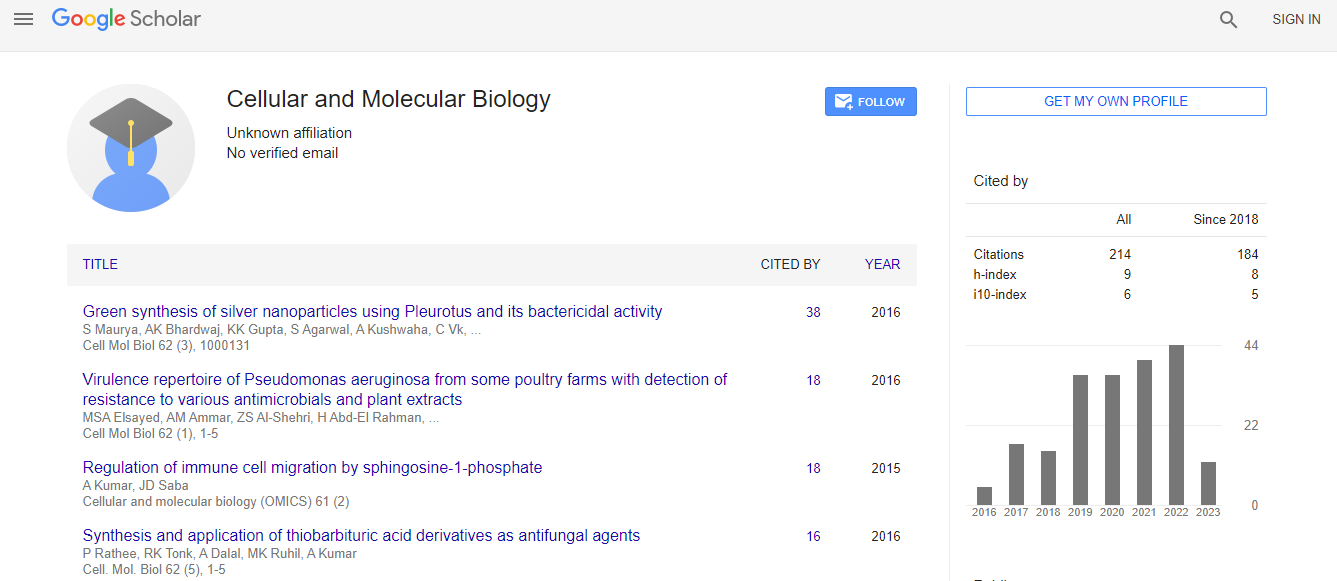Gene Polymorphisms: Understanding Genetic Variability and Its Implications
*Corresponding Author:Received Date: Nov 01, 2024 / Published Date: Nov 30, 2024
Copyright: © 0 . This is an open-access article distributed under the terms of the Creative Commons Attribution License, which permits unrestricted use, distribution, and reproduction in any medium, provided the original author and source are credited.
Abstract
Gene polymorphisms are variations in DNA sequences that occur within a population, contributing to genetic diversity and influencing phenotypic traits. This article explores the types of gene polymorphisms, including single nucleotide polymorphisms (SNPs), insertions/deletions (indels), and copy number variations (CNVs), as well as the mechanisms by which they arise, such as mutations and natural selection. We discuss the significant implications of these genetic variations for human health, particularly in disease susceptibility and pharmacogenomics, where individual genetic differences affect drug metabolism and response. Additionally, the role of polymorphisms in evolutionary biology is examined, highlighting their importance in adaptation and population dynamics. Recent advancements in genomic technologies, including next-generation sequencing and genome-wide association studies, have revolutionized our understanding of gene polymorphisms and their functional consequences. This article underscores the critical role of gene polymorphisms in shaping biological diversity and their potential applications in personalized medicine and genetic research.

 Spanish
Spanish  Chinese
Chinese  Russian
Russian  German
German  French
French  Japanese
Japanese  Portuguese
Portuguese  Hindi
Hindi 
